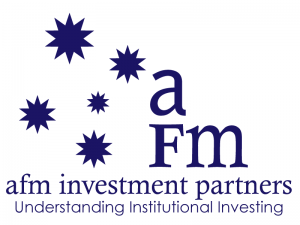A growing market and attractive returns are seeing Australian institutions take an interest in the burgeoning Asian REIT market, according to one specialist in the asset class.
Before 2000 it was all but impossible to invest in real estate investment trusts in Asia but after Japan passed legislation to pave the way for the product class in that year; Australia, Singapore, Hong Kong, Malaysia, Taiwan and India have followed suit. China has also got in on the act with the launch of two listed funds in the last two years.
The market cap breached $200 billion for the first time in 2013 and that critical mass has put it on the radar of Australian institutional and HNW private investors and the benefits for Australian real estate investors are backed up by the data.
Historically, portfolios combining Asian and Australian REIT indices have returned more than Australian REITs on their own and with less volatility. It’s a classic diversification story.
“The Australian REIT market is dominated by a handful of names so it’s a very chunky index,” explained Yeung. “In the Asia Pacific REIT index the largest name only accounts for 6% of the index.”
The available inventory in Asia is also very different to what investors are able to access in Australia.
“In Asia there is a larger proportion of rental residential and hotels. These tend to have the shortest rental contracts. But even for the rest of the commercial rental market, contracts tend to be around three years. That means that Asian real estate is more closely follows economic growth.”
Yeung adds that there is a perception among Australian investors that Asian real estate is far more volatile than in the US and Europe.
“Now, as a REIT sector has developed, there are options for more stable, but still appreciating assets,” he said.
There are also factors in play which are likely to put additional inventory into the market for REITs to invest in.
For instance, many real estate assets in the secondary market are owned by independent businesses or family offices and these owners may take the decision to sell to REITs to realise gains on their investments. Secondly, in a bid to recapitalise for their next projects, Chinese commercial developers are becoming natural sellers to REITs. Thirdly, a host of successful Asia-based private equity funds, which were established in 2006 and 2007 are reaching the end of their life and will look to sell to REITs to allow investors to redeem.
Asian REITs have returned around 15% in the fifteen years which puts them ahead of similar products in Europe and the US but also ahead of Asian and Australian equity.
According to an Asia Pacific Real Estate Association (APREA) survey conducted at the end of 2012, 70% of managers and 60% of investors expected to increase their allocations to Asia Pacific REITs in the coming years.
Yeung’s fund invests in around 30-40 REITs with investment split roughly a third in Australia, one third in Singapore and Hong Kong and the final third in the rest of Asia.
Wednesday, 15 July 2015 12:35pm
By Mark Smith | In Investment, Superannuation
Read original article
here